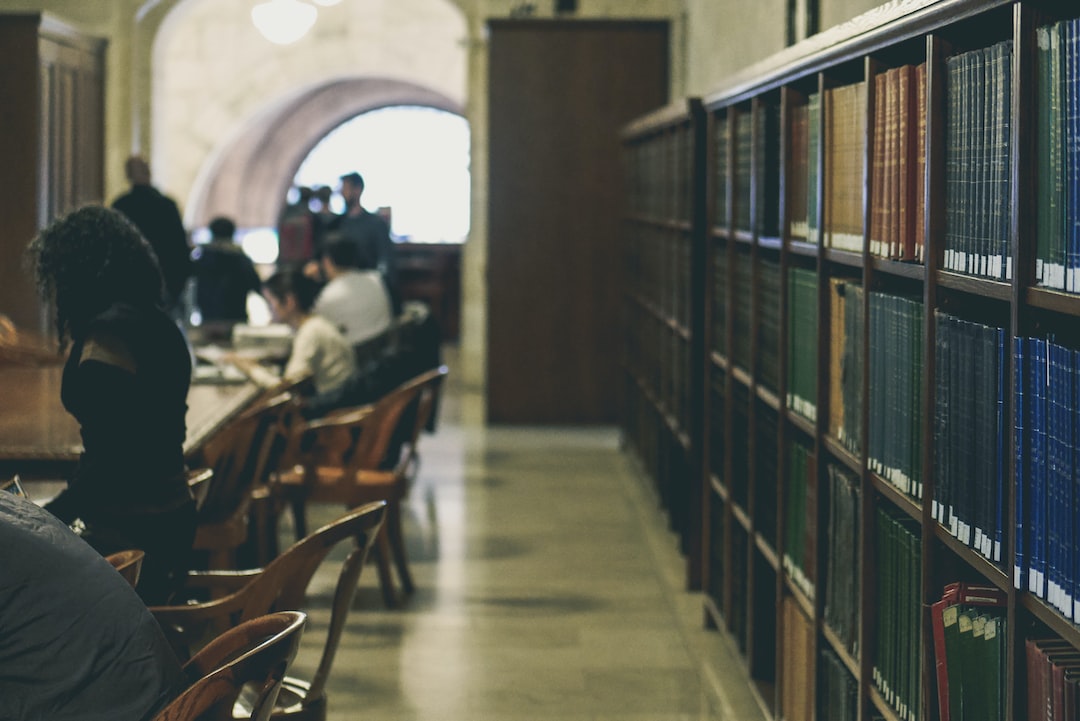Introduction
Table of Contents
Karachi, a vibrant hub of Pakistan, stands as a beacon of the nation’s cultural and linguistic diversity. Alive with a blend of ethnicities, this metropolis weaves together a colorful cultural fabric that is reflective of its role as Pakistan’s economic engine. In this exploration, we uncover the various tongues that add to the buzz of life in Karachi, examining how they shape the city’s intricate social makeup and influence its daily interactions and broader identity.
The Linguistic Landscape of Karachi
Historical Influences on Karachi’s Languages
Karachi’s linguistic landscape is steeped in a history that spans centuries. The city’s speech patterns have been influenced by colonial history, waves of migration, and the ebb and flow of trade. Sindhi, for instance, has its roots in the ancient Indus civilization, whereas Urdu’s prominence surged following the subcontinent’s Partition. Each language narrates tales of change, adaptability, and cultural integration.
Major Languages Spoken in Karachi
The range of languages spoken in Karachi reflects the city’s role as a microcosm of Pakistan’s ethnic variety. Urdu, Sindhi, Punjabi, Pashto, Balochi, and English are just some of the languages that enrich the city’s societal fabric. The use of these languages varies, with some more prevalent in personal spaces and others in the public domain, collectively portraying Karachi as a meeting ground of various cultures.

Urdu: The Lingua Franca of Karachi
Urdu’s Role in Communication and Unity
In Karachi, Urdu serves as the connective thread linking the city’s multilingual populace. As the language of Karachi, Urdu enables people from diverse ethnic backgrounds to engage with each other, thereby fostering unity. It’s used everywhere, from bustling bazaars to educational institutions and administrative offices, making it a key facilitator of interethnic dialogue.
Literature and Media in Urdu
Also prominent in the realm of literature and media, Urdu mirrors Karachi’s diverse spirit through poetry and storytelling. Newspapers, TV, and radio in Urdu act as a channel for spreading news and entertainment, influencing public perspectives and cultural norms. Such literary and media presence cements Urdu’s role in the language of Karachi.
Sindhi: The Provincial Language
Sindhi’s Historical Significance
Sindhi, with its origins linked to ancient scripts of Mohenjo-Daro, carries great significance within Karachi’s historical context. It is the language of Sindh province and symbolizes cultural heritage, especially for individuals with deep ties to the region’s past. Despite demographic changes, Sindhi maintains its place as a cultural emblem within Karachi’s eclectic environment.
Cultural Expressions in Sindhi
Cultural expressions in Sindhi are manifested in music, dance, and stories that resonate throughout Karachi’s festivals and fairs. Such events ensure Sindhi remains an active part of the city’s cultural milieu, vital for preserving the province’s distinct identity amid the cityscape of Karachi.

Punjabi, Pashto, and Other Regional Languages
The Presence of Punjabi and Pashto Speakers
Punjabi and Pashto-speaking communities have made their mark in Karachi, adding to its dynamic cultural tapestry. They have created spaces where their languages and traditions are celebrated, such as in social gatherings, local commerce, and cultural groups, thereby reinforcing the language of Karachi with more threads of diverse origins.
Impact of Migration on Language Diversity
The influx of migrants has greatly contributed to the language diversity in Karachi. Newcomers bring their linguistic heritage, enriching the city’s speech patterns and adding to its complex identity. This ongoing demographic change anchors Karachi as a mosaic of Pakistan’s linguistic legacy.
English: The Language of Business and Education
English in Karachi’s Corporate Landscape
English is regarded as the gateway to global markets and professional advancement within Karachi’s corporate culture. It symbolizes modernity and is often a prerequisite for achieving business success, marking a status of education and wealth. Mastery of English is thus highly sought after in the corporate sectors of Karachi.
The Role of English in Higher Education
Beyond the corporate sphere, English is the primary medium in many of Karachi’s educational institutions, shaping students’ learning experiences. It not only equips them for the international job market but also ensures access to global knowledge, unavailable through local languages.
Code-Switching and Code-Mixing: A Karachi Phenomenon
Understanding Code-Switching and Code-Mixing
Karachi’s everyday conversation is characterized by code-switching and code-mixing, where speakers alternate or blend languages. These linguistic strategies are indicative of the city’s diverse ethnic makeup and are used to navigate complex social settings.
Social and Linguistic Implications in Karachi
In Karachi, the practices of code-switching and code-mixing signify more than just linguistic ability; they act as markers of identity and social standing. The city’s residents fluidly combine languages in daily exchange, showcasing their adaptability and the cultural fusion that is the language of Karachi.

The Impact of Media and Technology on Karachi’s Languages
Digital Platforms and Language Evolution
Karachi’s linguistic scene is being reshaped by digital media which encourages creative expression and language evolution. The digital domain is a playground for linguistic innovation, as traditional dialects meet new forms of communication, fostering a new generation of language users in Karachi.
The Role of Media in Promoting Linguistic Diversity
Media outlets in Karachi play a crucial role in sustaining linguistic diversity. Television and radio broadcasts in various languages not only entertain but also educate, helping to preserve and promote the city’s linguistic traditions. Media serves as a powerful tool for raising awareness about the need to uphold language diversity within Karachi’s rapidly changing urban context.
Language Preservation and Challenges in Karachi
Efforts to Preserve Local Languages
Efforts to preserve Karachi’s linguistic variety are widespread, encompassing academic research, language courses, and community-led cultural initiatives. These efforts are crucial to ensure the city’s linguistic heritage is treasured and maintained for future generations.
Challenges Faced by Minority Language Speakers
Yet, minority languages in Karachi face challenges, such as limited institutional support and the prevalence of more dominant languages. Addressing these issues is key to safeguarding the city’s rich linguistic diversity and cultural identity that is inherent in the language of Karachi.
Conclusion
In Karachi, each language serves as more than a means of communication—it’s a vessel for history, unity, and culture. The significance of Urdu, Sindhi, Punjabi, Pashto, English, and others is deeply rooted in the city’s identity. As Karachi progresses, fostering a deeper understanding and appreciation of its linguistic wealth becomes imperative to preserve the imprints of its diverse cultures for those who will come after.
Frequently Asked Questions About the Language of Karachi
What is the most widely spoken language in Karachi and why?
Urdu is the lingua franca of Karachi, serving as the primary mode of communication that bridges the city’s diverse ethnic communities. Its widespread use in everyday life, media, and education is rooted in historical shifts from the time of Partition, making it an essential tool for unity and interethnic dialogue.
Aside from Urdu, which languages contribute to Karachi’s linguistic landscape?
Several languages including Sindhi, Punjabi, Pashto, Balochi, and English enrich Karachi’s societal fabric. Each language reflects the city’s varied ethnic backgrounds, with Sindhi tied to the province’s history, Punjabi and Pashto representing migrant communities, and English being synonymous with business and education.
How do code-switching and code-mixing define the language dynamics in Karachi?
Code-switching and code-mixing are prevalent in Karachi, reflecting its multiculturalism. Residents often blend and switch between languages like Urdu, English, and regional tongues, using this linguistic flexibility to navigate social interactions, which subtly marks social identity and adaptability.
What is the role of media in maintaining linguistic diversity in Karachi?
The media in Karachi is instrumental in promoting and preserving linguistic diversity. Through television and radio broadcasting in various languages, it entertains, educates, and raises awareness about the importance of safeguarding the city’s rich linguistic heritage.
What challenges do minority languages face in Karachi?
Minority languages in Karachi grapple with issues such as limited institutional support and dominance by more prevalent languages. Efforts like academic research, language courses, and cultural initiatives are key to overcoming these challenges and protecting the city’s linguistic diversity.